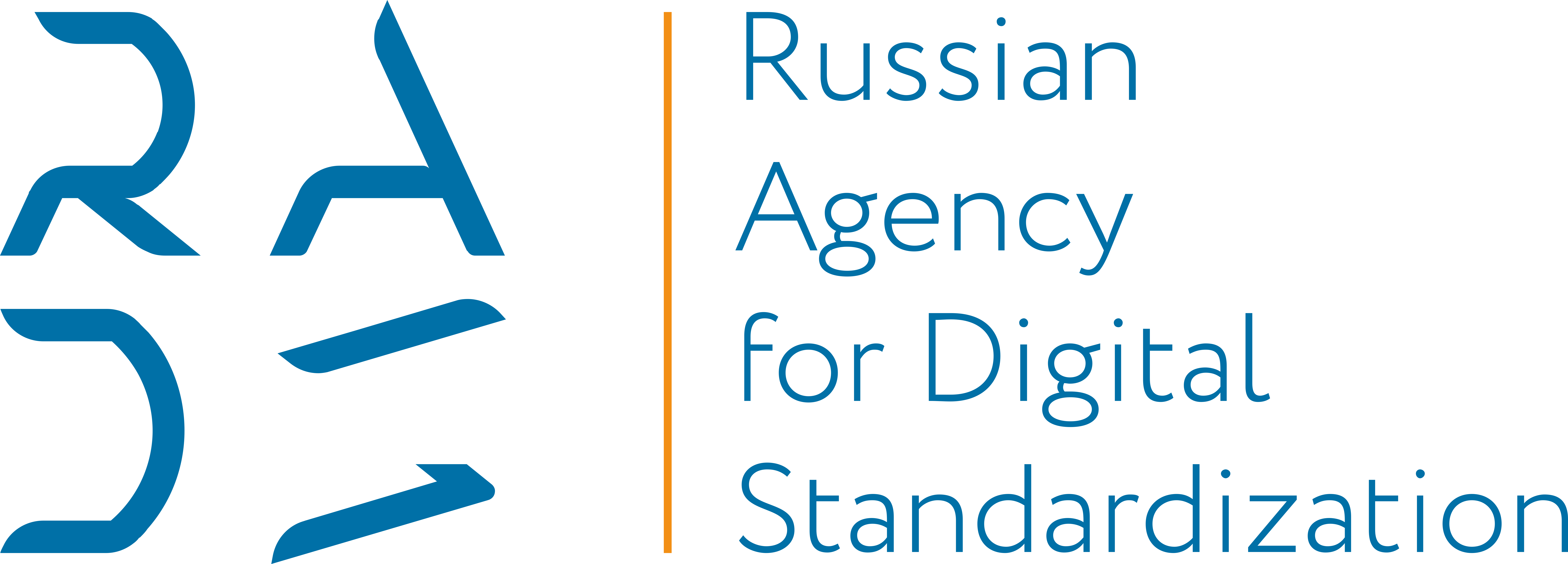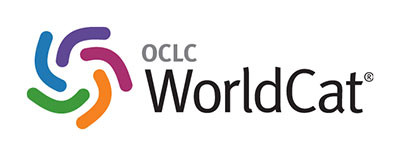Akkuratov V.N. Meteorologicheskie usloviya obrazovaniya lavin v Khibinakh [Meteorological conditions for the formation of avalanches in the Khibiny]. Materialy glyatsiologicheskikh issledovanii [Data of Glaciological Studies], 1966, no. 12, pp. 132–138.
Avalanche Bulletin Interpretation Guide. Edition November 2022. WSL Institute for Snow and Avalanche Research SLF (ed.). 2022.
URL: https://www.slf.ch/en/avalanche-bulletin-and-snow-situation/about-the-avalanche-bulletin/Interpretationshilfe_en.pdf.
Bianchi F.M., Grahn J., Eckerstorfer M., Malnes E., Vickers H. Snow avalanche segmentation in SAR images with Fully Convolutional Neural Networks. IEEE Journal of Selected Topics in Applied Earth Observations and Remote Sensing, 2021, vol. 14, pp. 75–82. DOI: 10.1109/JSTARS.2020.3036914.
Blagovechshenskiy V.P., Zhdanov V.V. Opyt otsenki i prognoza lavinnoi opasnosti v Shveĭtsarii [Experience of evaluation and forecast of avalance danger in Switzerland]. Gidrometorologiya i ekologiya [Hydrometeorology and Ecology], 2019, No. 1 (92), pp. 178–190. (In Russian; abstract in English).
Kondrashov I.V. Prognoz lavin i nekotorykh kharakteristik snezhnosti v gorakh Kazakhstana [Forecast of avalanches and some characteristics of snow cover in the mountains of Kazakhstan]. Leningrad, Publ. Gidrometizdat, 1991. 72 p.
(In Russian).
Nowak S., Bartram L., Haegeli P. Designing for Ambiguity: Visual Analytics in Avalanche Forecasting. Proceedings of the International Conference on Visualisation, VIS (Virtual Event, 25–30 October 2020). Los Alamitos, California, Washington, Tokyo: IEEE Computer Society, 2020. DOI: 10.1109/VIS47514.2020.00023.
Solov'ev A.Yu. Geoinformatsionnye metody issledovaniya lavinnoi opasnosti na primere Khibinskogo gornogo massiva. Diss. … kand. geogr. Nauk [Geoinformation methods for studying avalanche danger on the example of the Khibiny mountain range. Ph. D. (Geography) Thesis]. Moscow, Publ. of Moscow State University, 2002. 143 p. (In Russian).
Statham G., Haegeli P., Greene E., Birkeland K., Israelson C., Tremper B., Stethem Ch.,
McMahon B., White B., Kelly J. A conceptual model of avalanche hazard. Natural Hazards, 2018, vol. 90, iss. 2, pp. 663–691. DOI: 10.1007/s11069-017-3070-5.
Techel F., Schweizer J. On using local avalanche danger level estimates for regional forecast verification. Cold Regions Science and Technology, 2017, vol. 177, pp. 55–62.
DOI: 10.1016/j.coldregions.2017.07.012.
Zhdanov V.V. Sovremennaya kontseptsiya razvitiya prognozov lavinnoi opasnosti (na primere prognozov v raione SLS Shymbulak) [Modern concept of development of forecasts of avalanche danger (on the example of forecasts in the area of avalanche station "Shymbulak")]. Gidrometorologiya i ekologiya [Hydrometeorology and Ecology], 2020, No. 2 (97), pp. 83–95.
(In Russian; abstract in English).
Rukovodstvo po snegolavinnym rabotam (vremennoe) [Avalanche Manual (Temporary)]. Leningrad, Publ. Gidrometizdat, 1965. 397 p.
(In Russian).








1.png)




















